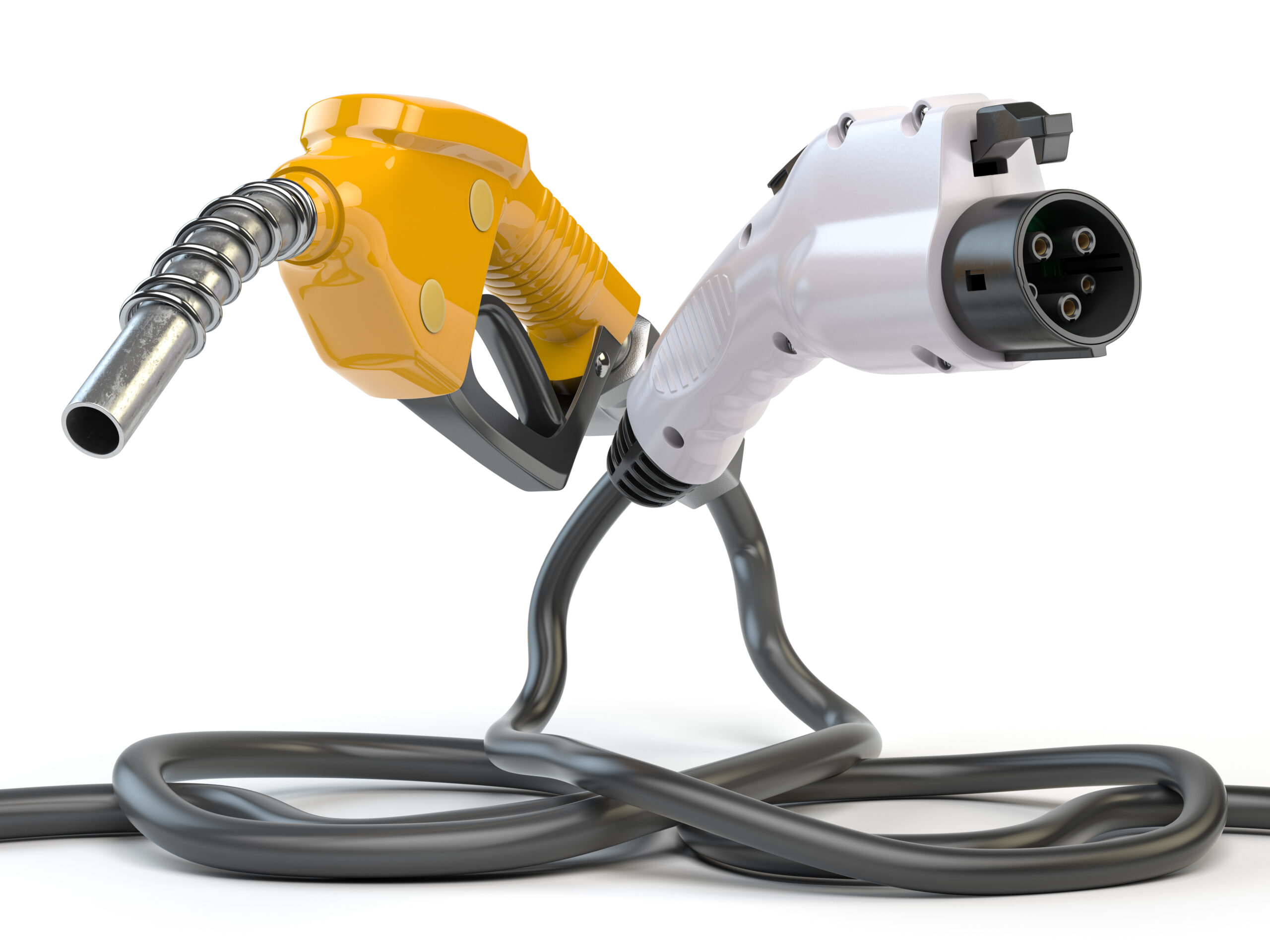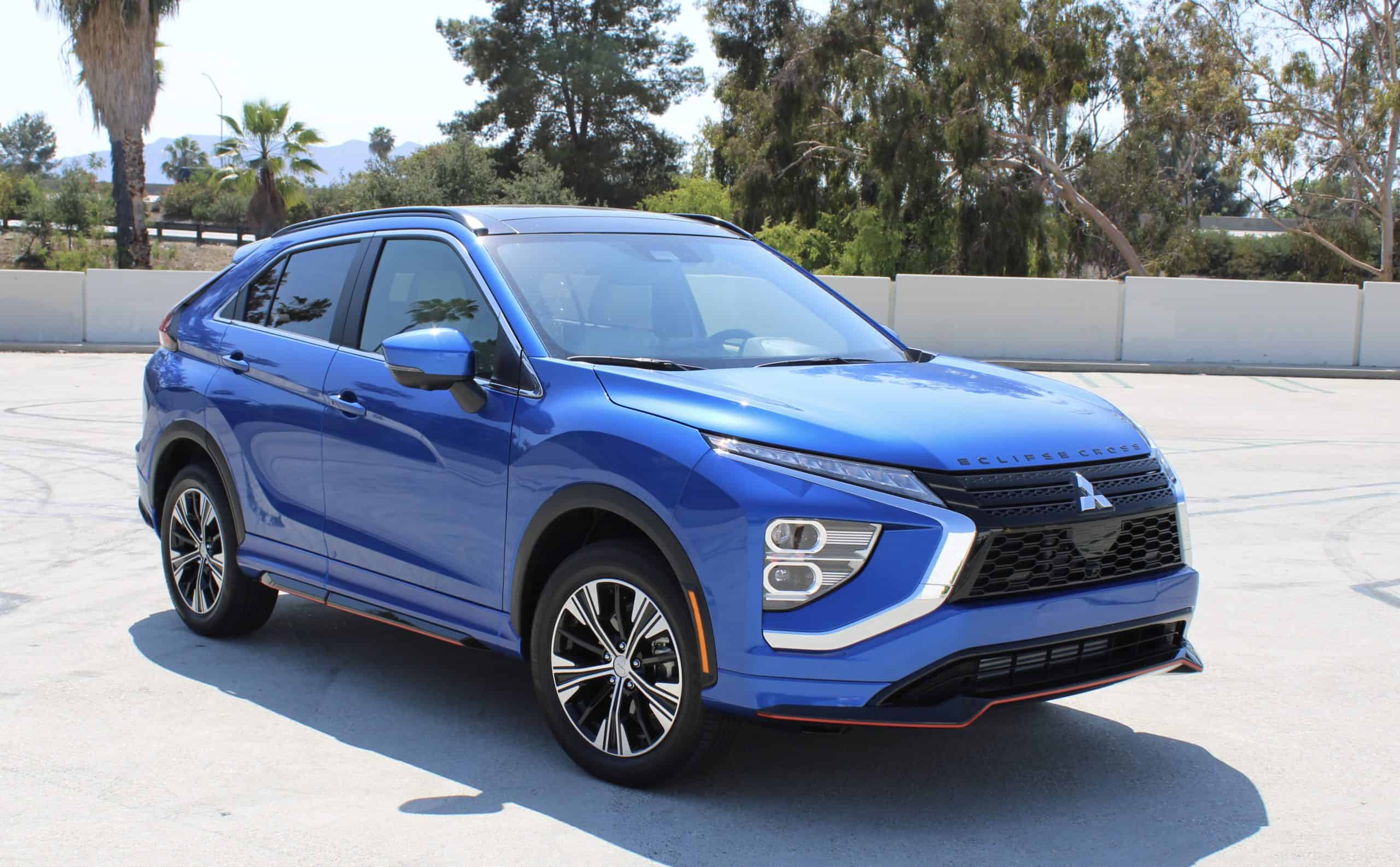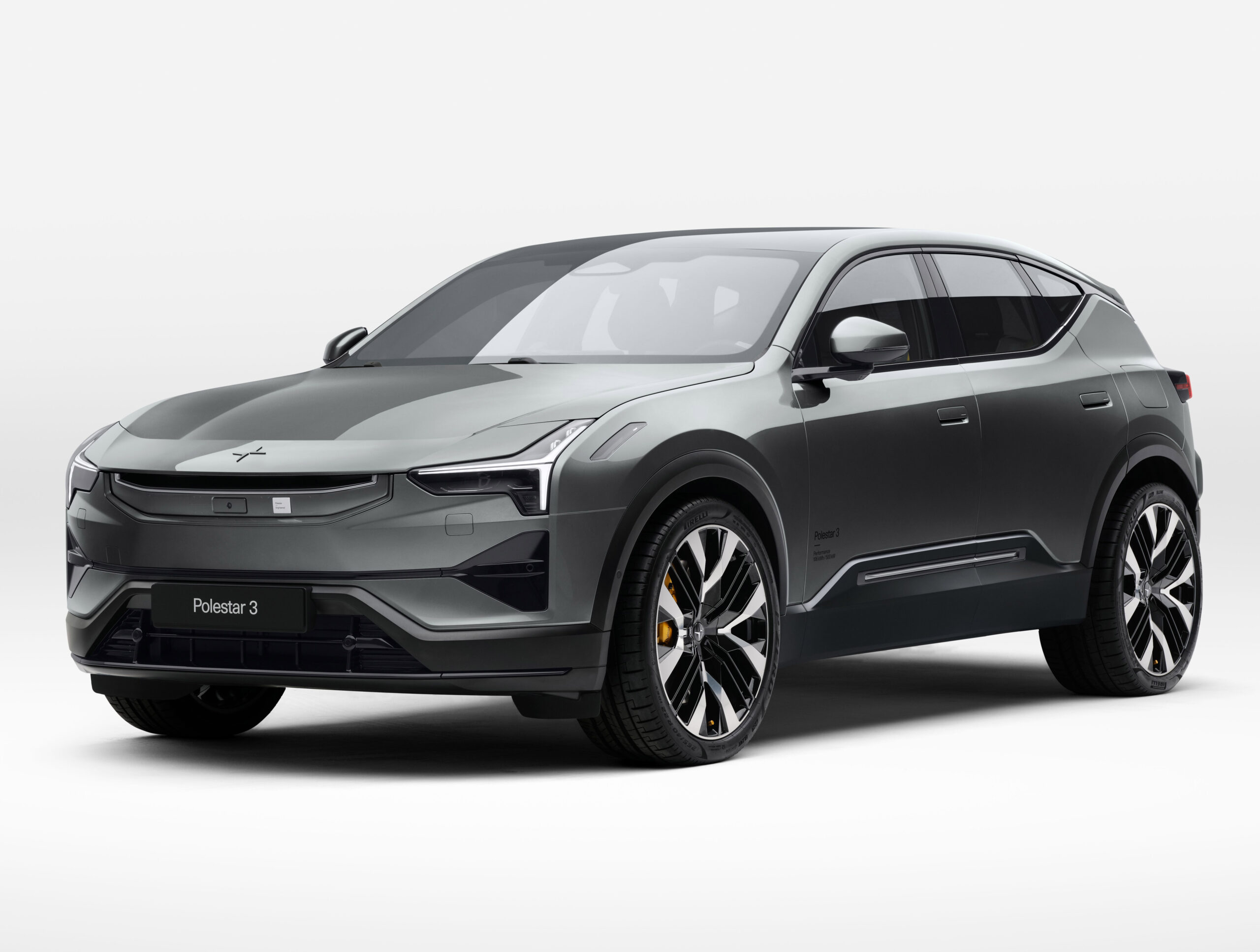

The 2022 Mitsubishi Eclipse Cross is a major refresh for the crossover that slots between the subcompact and compact segments. First revealed for the 2018 model year, the Eclipse Cross is the last all-Mitusbishi model. Since then, the Japanese brand has started using parts from the Renault-Nissan-Mitsubishi Alliance. For 2022, Mitsubishi gave the Eclipse Cross a significant refresh. With the crossover competing in one of the most competitive segments in the auto industry, it’s never a bad thing to keep your entries up to date especially as new competitors arrive to give the established players a run for their money. So, what did Mitsubishi change? Here’s a full rundown.
Quite possibly the most noticeable update on the 2022 Mitsubishi Eclipse Cross is the exterior design. Gone is the oddball split rear window, which has been replaced by a single-piece design flanked by two vertical taillight clusters. Unfortunately, that gives the crossover a more conventional look instead of the quirky rear end of the pre-refresh model that you won’t mistake for anything else. On the upside, you get better visibility out of the rear window because of that single piece of glass. The front end gets Mitsubishi’s new corporate face with that chrome shield-shaped grille. It also loses the conventional headlight design in favor of a stacked setup, giving the Eclipse Cross the new family look that first appeared on the 2022 Outlander. Unlike the smaller Outlander Sport, the LED light cluster you see connected with the grille are daytime running lights. The main headlight projector is in the cluster below it and stacked vertically with the LED fog lights. Front and rear overhangs are slightly longer while the side profile remains similar until you get to the rear where it’s flatter due to the change in the window layout.
This refresh gets you a lot of quality of life improvements in the Eclipse Cross. The infotainment system loses the finicky touchpad controls and the 8.0-inch touchscreen has been moved closer to the driver, making it easier to reach. Thanks to the new rear end, the cargo area has more usable space because of its less angular look. As for the infotainment system, it’s fairly easy to use and quick to respond; however, the graphics are dated and the built-in navigation system’s maps are grainy. The old nine-speaker Rockford Fosgate audio system for an eight-speaker Mitsubishi Power Sound system. Although it has a lot of customizability and covers the cabin evenly, it lacks clarity and can be boomy and muddled at higher volumes.
Mitsubishi revised the Eclipse Cross’ suspension calibration for 2022. It gets larger rear shock shafts, a double vibration insulator connecting the rear suspension cross member, and revised shocks and springs. The result is a crossover that rides better than before and is able to handle smaller bumps with a little more finesse. Bigger impacts are also dealt with better composure; however, the Eclipse Cross still gets upset if road imperfections come in succession.
While the Eclipse Cross looks like it got a significant update, you start to see that it’s not as big as it looks once you get under the skin. The same 1.5-liter turbo-four paired to a CVT remains. Its output stands at 152 hp and 184 lb-ft of torque. The EPA fuel economy ratings are 26/29/27 mpg city/highway for the front-drive ES model and 25/28/26 mpg with AWD. If you get a higher trim, those figures go down to 25/28/26 mpg in FWD guise or 25/26/25 mpg with AWD, all of which are among the lowest in the subcompact crossover segment. During Alex’s testing, however, it appears that the EPA rated the Eclipse Cross conservatively because he manages to get 29 mpg.
The biggest issue? The Eclipse Cross is still slow. Yes, the engine makes a lot of torque but it’s only between 2,000- and 3,500 rpm, which is a narrow band. Together with a smidge of turbo lag, the crossover feels sluggish off the line. It’s a little more alive when you’re on the move but you know the CVT is doing all the work trying to keep it in its sweet spot and give you forward momentum. At least the brake pedal is nice and linear. You get a good feeling when you step on it and it’s easy to modulate how much stopping power you’re adding slowing down.
The way the Eclipse Cross goes down the road is far from sporty. There isn’t much steering feel and it’s slow. Comfort is clearly the primary mission for this crossover and it shows when the road starts turning because you get a lot of body roll. Thankfully, the crossover doesn’t get unruly when you need to make sudden evasive or emergency maneuvers. The tradeoff is a cushier ride, especially on smooth surfaces where the car is a bit more settled than the outgoing vehicle.
If you didn’t like the 2022 Mitsubishi Eclipse Cross before, you won’t like this refreshed model. For the consumers that did, you’ll like it because of the added space and the more intuitive user interface. There’s still a lot of room for improvement though especially in the powertrain department. In other global markets, the Eclipse Cross is available with the Outlander PHEV’s plug-in hybrid powertrain. It couples a 2.4-liter four-cylinder to a 13.8-kWh battery, two electric motors, and a planetary gear set. The combined output is 221 hp. This alone could further boost the Eclipse Cross’ efficiency without sacrificing power, making it more compelling while expanding its appeal. Additionally, the car would be quieter and more refined since the gas engine isn’t working as hard. The tradeoff, obviously, would be a higher cost but it may be worth it for that extra power, efficiency, and refinement. To put it short, the Eclipse Cross is a decent crossover that slots between segments. It’s small enough to fit anywhere yet big enough that the cabin isn’t cramped. All it needs is a little more polish for the next generation and a bit of electrification, at least for North America.
0 to 60 mph: 8.8 seconds
60 to 0: 123 feet
Handling: B
Ride: B
Cabin Noise: B; 73 dB
Fuel Economy: A+



